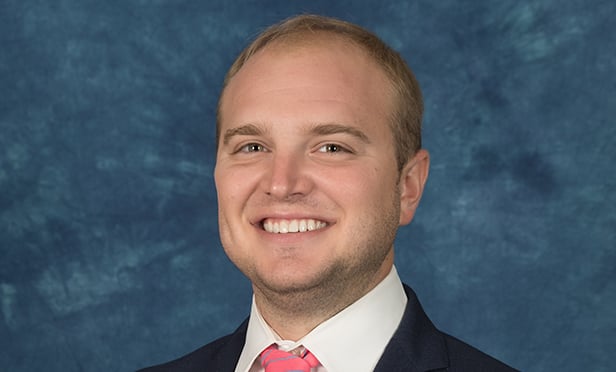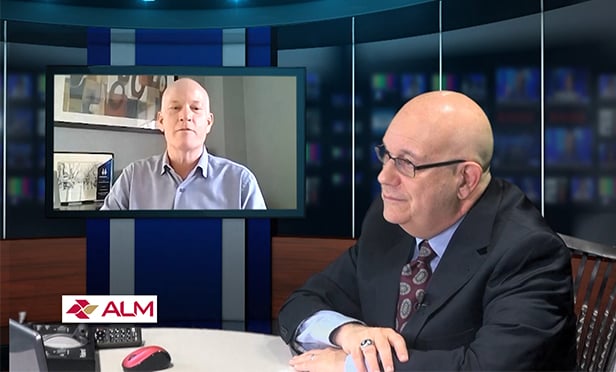
NEW YORK CITY-The benefits of developing and owning a green building are undeniable, and the need for environmental change in US production practices is no longer disputable. That was the consensus of opinion from experts sharing their views yesterday at Real Estate Media's inaugural RealShare Green Buildings conference. For years, they said, the industry has been slow to embrace the idea of green buildings, but awareness continues to grow stronger.
Currently more than 65 local governments have made a commitment to LEED standards in building construction, with some reducing the entitlement process by as much as one year and offering advantageous tax credits. Annual energy costs--a major office building expense--are reduced by as much as 30% perhaps more with forthcoming technology.
"It is imperative to adapt green buildings," said Fiona Cousins, chair of the New York Chapter of the US Green Building Council, in her opening address. "The Greening of New York City Commercial Real Estate: Making a Profit While Making a Difference," focused on how building owners, investors and developers can both better their ROI and the environment by adopting green buildings standards on both new developments and existing buildings.
Cousins, a leading voice in the converging green building/commercial real estate arena, pointed out to the more than 120 attendees, that going green becoming a prevalent issue in many businesses and growing very rapidly throughout the country. Green building tenant attraction and retention continues to grow stronger, as major tenants increasingly favor healthier air quality over luxury amenities in premium properties, making a green building a better long-term value.
"It is important to understand how to achieve the green building practice and maintain it," Cousins stressed. "In New York City, a major challenge is to learn how to implement green into existing buildings while they are occupied," Cousins said. "Changing the lights and working with the energy in an existing building is pretty strait forward."
 Cousins |
Following Cousins' address, Robert Freedman, president and CEO of GVA Williams, moderated a panel to discuss these issues. Panelists included: Steve Piguet, director of sustainability at Tishman Speyer; Stephen Rizzo, director of CodeGreen; Michael Gubbins, VP and director of residential management at Albanese Organization Inc.; Steven Winter, founder of Steven Winter Associates Inc.; Nick Stolatis, director of asset management at TIAA-CREF and Laurie Kerr, senior policy advisor at the New York City mayor's office.
Freedman opened the interactive discussion with a question regarding the value proposition of green buildings, a common inquiry among anyone involved in the financial aspects of green development. "Cutting operating hours of energy can save up to 15%," Stolatis noted. "Also, air conditioning systems with variable frequency drive have a three-to-five year payback."
Piguet seconded Stolatis' comment, noting that the most significant paybacks are energy and lighting. He did stress that there are many parts of LEED that don't cost anything to implement.
Kerr stressed the important of understanding green building efficiency. She pointed out that benchmarking, metering and monitoring a green building are important tools to bring payback periods down considerably. "Unless you know your energy intensity, you can't gauge your success or payback," she said.
Other topics at yesterday's event included: LEED ratings, breaking down the costs of green improvements and designs and how to get them financed, how improvements can add resale value to an asset, how long-term cost savings can be realized via building features including HVAC, lighting and construction materials, and how brokers can position themselves to gain new agency or tenant rep assignments through understanding this issue.
Freedman explained that what the green movement really means is heightened consciousness and more awareness, which should be an industry standard. The USGBC suggests that without significant increases and improvements in green building practices, the negative impact of the built environment on human and environmental health is likely to increase dramatically in future decades. Cousins noted that building operation accounts for 38% of US carbon dioxide emissions, 71% of electricity use and 40% of total energy use.
Want to continue reading?
Become a Free ALM Digital Reader.
Once you are an ALM Digital Member, you’ll receive:
- Breaking commercial real estate news and analysis, on-site and via our newsletters and custom alerts
- Educational webcasts, white papers, and ebooks from industry thought leaders
- Critical coverage of the property casualty insurance and financial advisory markets on our other ALM sites, PropertyCasualty360 and ThinkAdvisor
Already have an account? Sign In Now
*May exclude premium content© 2025 ALM Global, LLC, All Rights Reserved. Request academic re-use from www.copyright.com. All other uses, submit a request to [email protected]. For more information visit Asset & Logo Licensing.








